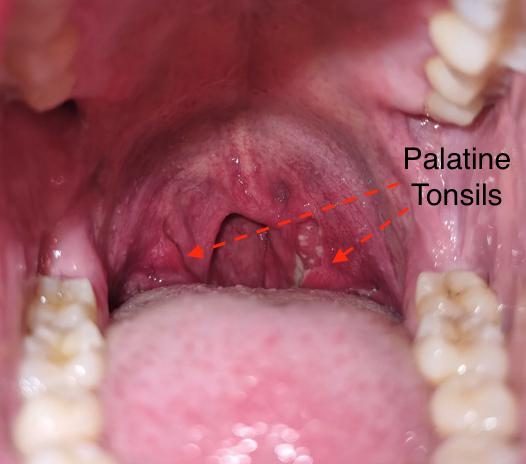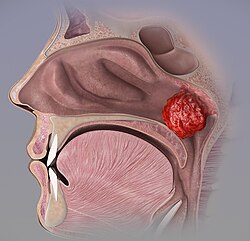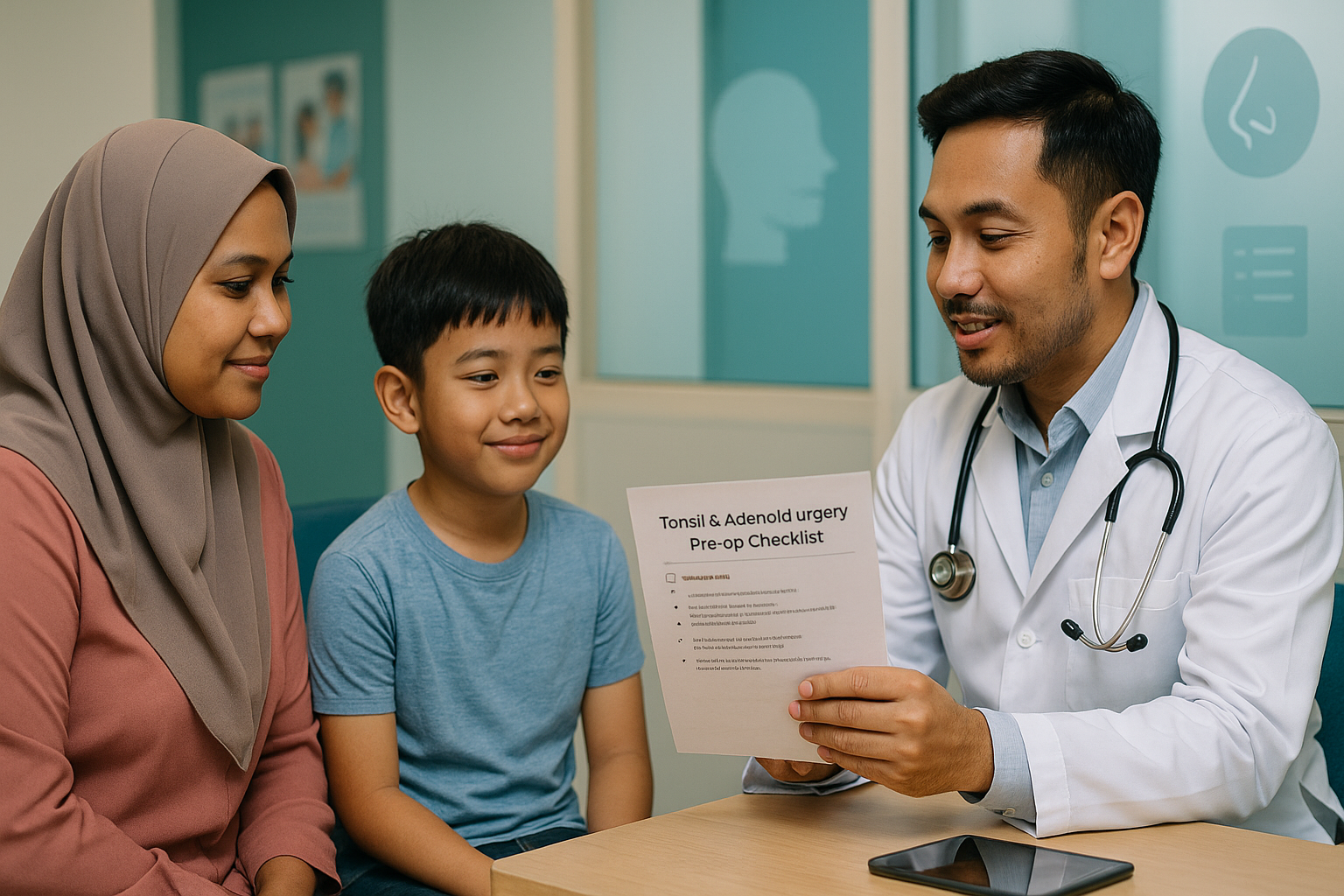Hi! If you or your child is scheduled for tonsillectomy (removing the tonsils) with or without adenoidectomy (removing the adenoids), this guide walks you through everything—from prep to recovery—using simple language and a Malaysian context.
Who typically needs tonsil or adenoid surgery?

- Frequent, documented throat infections (e.g., 7 in one year, 5 per year for two years, or 3 per year for three years—plus fever, swollen neck nodes, exudate or positive strep test).
- Sleep-disordered breathing/obstructive sleep apnoea (OSA) due to large tonsils/adenoids—affecting growth, behaviour, school performance or bedwetting.
- Complications like quinsy (peritonsillar abscess) or airway obstruction.
These recommendations come from the American Academy of Otolaryngology–Head & Neck Surgery (AAO-HNS) guideline update.

Adenoidectomy alone is often considered for chronic nasal blockage, snoring, recurrent ear problems (as part of overall management).
Two weeks before surgery: get set
- Share your full medication list. Tell us about blood thinners (e.g., aspirin), traditional remedies/supplements, or any bleeding disorders in the family.
- Manage allergies & illnesses. If there’s fever, bad cough, wheeze, or flu close to the date, inform us early; surgery may be postponed for safety.
- Sleep study or special monitoring (kids). Children under 3 or with severe OSA usually need overnight monitoring after surgery.
- Safety culture matters. Malaysian hospitals use the WHO Surgical Safety Checklist to reduce errors and improve outcomes.
The day before & on the day: fasting and final checks
Fasting (“NIL by mouth”) is crucial to reduce the risk of aspiration under anaesthesia.
General rules (your anaesthesia team will confirm exact times):
- Clear liquids (water, oral rehydration, apple juice without pulp): allowed up to 2 hours before anaesthesia.
- Breast milk: 4 hours; formula / light meal: 6 hours; fatty/heavy meal: 8 hours.
- Some centres allow chewing gum during fasting; follow your anaesthetist’s instructions.
Bring:
- ID, admission letter, medication list, and any relevant reports.
- A responsible adult to accompany you home (day surgery).
- For children: favourite bottle/cup and a small comfort toy.
What happens during surgery?
- Tonsillectomy removes the tonsils completely; adenoidectomy removes adenoids behind the nose.
- It’s done under general anaesthesia through the mouth—no external cuts or stitches on the skin.
Many Malaysian centres perform this safely as a day case; some patients stay overnight based on age, OSA severity, other health issues, or long travel distance. Local data show low ICU needs, mostly in severe OSA.
Recovery: what to expect (day 0 to day 14)
It’s normal to have:
- Throat pain, sometimes worse around days 3–7, often felt in the ears (referred pain).
- White/yellow coating (scabs) at the tonsil sites—this is normal healing, not pus.
- Bad breath for up to two weeks—usually not infection.
- Tiredness, low-grade fever in the first 24–48 hours, and snoring for a short period.
- Eating and drinking early actually helps healing and reduces complications.
Eating & drinking
- Start sips of cool fluids as soon as it’s safe; aim for regular hydration.
- Progress to soft/normal foods (rice porridge, noodles, eggs, yoghurt, mashed potatoes).
- Cold items (ice lollies/ais krim) can soothe. Avoid hot, spicy, or sharp foods in the first few days.
- Always give a drink with meals (kids).
Pain control
- Take paracetamol and/or ibuprofen regularly for the first few days.
- Do not use codeine in children under 12; avoid in adolescents with breathing problems.
- Antibiotics are not routinely needed unless your doctor suspects infection.
Activity, school & work
- Adults: plan 10–14 days off work.
- Children: keep at home and off school for 10–14 days; avoid crowded places to reduce infection risk.
- Avoid strenuous exercise, heavy lifting, or long-haul flights for two weeks.
Important red flags (seek urgent care)
Go to the nearest Emergency Department immediately if you notice:
- Spitting bright red blood or clots, or repeated blood-stained saliva.
- Persistent high fever, worsening pain despite medication, dehydration (very little urine, lethargy), or trouble breathing.
Bleeding can happen any time in the first two weeks—most often within 24 hours (primary) or after day 5–10(secondary). Don’t ignore it.
Special notes if you’re having adenoidectomy only
- Recovery is usually quicker and less painful than tonsillectomy.
- Temporary stuffy nose, nasal-sounding voice, bad breath, and mild ear/throat pain are common and settle with time.
- Bleeding is uncommon but still a serious warning sign.
- Very rarely, some children can develop velopharyngeal insufficiency (VPI)—a persistently nasal voice and air escape through the nose; most early cases improve within months, but persistent cases need specialist review.
Simple pre-op checklist
- ✅ Confirm fasting times with your hospital (2–4–6–8 rule as advised by anaesthesia).
- ✅ Stop/withhold medicines that increase bleeding only if your doctor advises (e.g., aspirin, certain supplements).
- ✅ Arrange transport and caregiver support for 24 hours after day surgery.
- ✅ Bring IC, insurance/GL, medication list, and comfortable clothing.
- ✅ If you/your child develops fever, bad cough, or flu, contact the hospital—your surgery may be rescheduled for safety.
When to see an ENT
- You/your child have frequent, documented tonsillitis affecting school/work.
- Snoring with pauses in breathing, restless sleep, daytime sleepiness, behavioural or learning issues.
- Persistent mouth breathing, blocked nose, or recurrent ear problems in children.
- Complications like quinsy, or suspected sleep apnoea.
Don’t wait until it gets worse. Book a consultation with theENTdr today. Your trusted throat doctor and ENT specialist dedicated to helping you breathe, sleep, and live better.
Post-Tonsillectomy Bleeding

Why this matters
Bleeding after tonsil surgery is uncommon, but it can become serious quickly.
If you see fresh red blood from your mouth or nose after tonsillectomy, treat it as an emergency.
What is normal after tonsillectomy
- Sore throat and ear pain (referred pain)
- Bad breath
- White/grey coating at the tonsil area (this is part of healing, not pus)
- Small blood-stained saliva once or twice (light pink)
What is NOT normal
- Bright red blood in the mouth
- Spitting out blood clots
- Bleeding that keeps coming back
- Vomiting blood or “coffee-ground” material
- Feeling faint, weak, dizzy, or unusually sleepy
- Trouble breathing
When bleeding usually happens
Bleeding can happen at two time periods:
- Early (first 24 hours): usually related to a blood vessel that reopens.
- Later (most often day 5–10): commonly happens when the healing layer (“scab”) loosens and falls off.
Bleeding can still happen outside these windows.
Why post-tonsillectomy bleeding happens
Common reasons include:
- The healing layer in the tonsil area loosens before the surface has fully sealed.
- The area gets dry or irritated (dehydration, coughing, vigorous throat clearing).
- Infection/inflammation during healing.
- Certain medicines can increase bleeding (especially some painkillers).
- Less commonly, an undiagnosed bleeding tendency.
What to do if bleeding happens
Step 1: Stay calm and sit up
- Sit upright.
- Lean forward.
- Spit blood out. Do not swallow it.Swallowed blood can cause vomiting and make bleeding worse.
Step 2: Do not try to “check” the wound
- Do not poke the throat.
- Do not gargle hard.
- Do not scrape the white coating.
Step 3: Go to the Emergency Department NOW
Even if the bleeding stops, you still need urgent assessment.
Call an ambulance immediately if:
- bleeding is heavy or continuous
- there are clots
- your child looks pale, weak, or drowsy
- dizziness, fainting, fast heartbeat
- breathing difficulty
Malaysia emergency numbers: 999 (or 112 from mobile).
What the hospital team will do
Depending on how much bleeding there is, they may:
- Check breathing, pulse, blood pressure, oxygen level
- Put a drip (IV line) and give fluids if needed
- Do blood tests and prepare blood if bleeding is significant
- Call the ENT team urgently
- Give medicines to help bleeding settle (in some cases)
- Observe you closely, or
- Bring you to the operating theatre to stop the bleeding if it is ongoing or severe
How to reduce the risk of bleeding during recovery
- Drink regularly. A dry throat increases irritation.
- Eat soft foods at first, then progress as advised.
- Avoid hard, sharp foods (chips, crackers) early on.
- Avoid smoking and second-hand smoke.
- Avoid heavy exercise and strenuous activity for about 2 weeks (or as advised).
- Take pain medicines exactly as prescribed.
Pain medicines: important note
Some painkillers can increase bleeding risk.
Only use what your surgeon recommended. If unsure, ask your clinic/pharmacy.
When to contact us urgently (even if bleeding is small)
- Any fresh red bleeding, even a small amount
- Repeated blood-stained saliva
- Vomiting blood
- Fever with worsening throat pain and poor intake
- Signs of dehydration (very little urine, dry lips, lethargy)
Credible references (for further reading)
- AAO-HNS Clinical Practice Guideline: Tonsillectomy in Children (2019 update) & patient info.
- ASA Preoperative Fasting Guidelines (2017, 2023 modular update).
- ENT UK patient leaflet on tonsillectomy (recovery, red flags).
- NHS patient leaflets on tonsillectomy/adenoidectomy and recovery.
- WHO Surgical Safety Checklist.
- Malaysian context: MOH ORL patient information initiative; local adenotonsillectomy outcomes.
This article uses metric units and is tailored for Malaysian readers. It shares general guidance and doesn’t replace your own doctor’s advice. If in doubt, please contact your hospital or visit the nearest Emergency Department.


Comments are closed